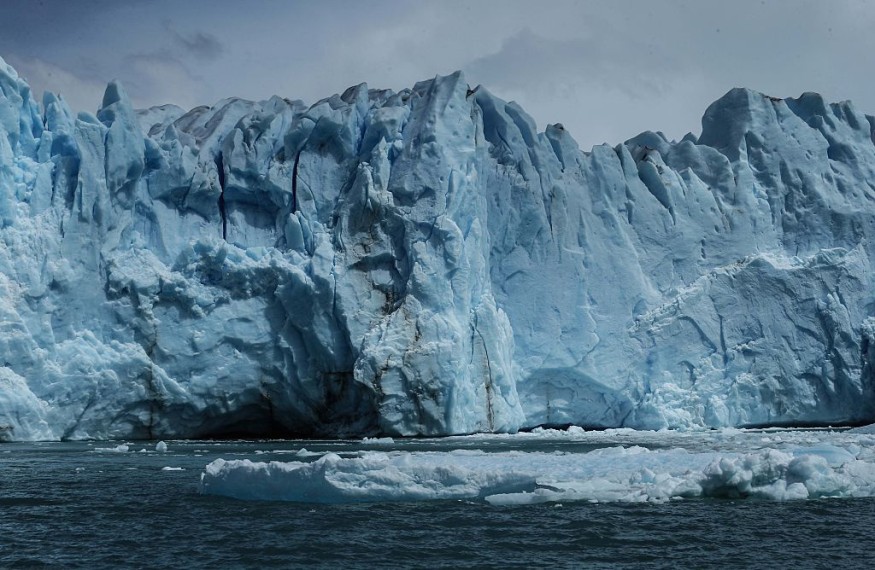Ancient ice walls, in a form of glaciers with a massive size larger than any buildings on the planet, may have once existed in North America, according to a new study.
The ice wall might have prevented travelers from Asia to reach the sub-continent via the Beringia land bridge.
The new discovery by archaeologists added to the largely contested and criticized Bering land bridge theory, which suggested that the first Americans reached North America when they traveled through the land bridge.
However, growing scientific evidence suggested land travel from the land bridge to North America was impossible during that time.
Ancient Ice Wall

In the new study published in the Proceedings of the National Academy of Sciences of the United States of America (PNAS) on Monday, March 21, archeologists discovered potential signs of ancient ice walls that may have blocked the passage of travelers from Asia to North America via the Bering land bridge.
The archaeologists suggested that massive glaciers, which acted as protective ice walls, once stood in North America more than 14,000 to 15,000 years ago-before they melted during the late ice age between 11,000 to 10,000 years ago.
According to the study, the archaeologists were able to determine the presence of the massive ice walls after investigating 64 geological samples in six locations in North America, spanning approximately 1,200 kilometers (745 miles).
The findings confirmed that travel to the continent from the Beringia land bridge was impeded during that period.
Beringia
There was once a land bridge called Beringia via the Bering Strait during the last ice age, located in an area of what is now between Siberia and Alaska, that connected Asia and North America.
Some animals and ancient humans have lived along the land bridge and used it as a migration route, as per the US. Department of the Interior - National Park Service when it cited the book of author and writer Dan O'Neill published in 2004.
Formed during the Pleistocene glacial and interglacial cycles 2.5 million years ago, the land bridge of Beringia was formed, said O'Neill, as cited by the US agency.
However, the land bridge became inaccessible when its glacial melting during the late ice age flooded its pathways.
Bering Land Bridge Theory
There is a migration theory integrated with Beringia, wherein it said that the ancestors of the first Americans traveled through the Beringia land bridge when it was still present.
The hypothesis under the theory suggested that the land migration was successful.
The land bridge connected the two continents when the last ice age lowered the sea levels at the Bering Strait.
However, there have been numerous contestations and criticism of the theory since there were indications of the presence of glaciers in North America during the ice age.
According to the National Geographic, North America at that time consisted of both coastal and inland glaciers.
This condition may have forced pre-historic migrants to use boats instead of navigating the Bering land bridge when reaching North America.
In addition, the glaciers may have also served as barriers or ice walls that the new study was pertaining to that had prevented land travelers via the Beringia land bridge to reach North America.
This notion further supported the claims of the new study.
The theory was based on the discovered stone tools in North America as old as 13,400 years and ancient footprints in New Mexico over 20,000 years ago.
The tools were used by the prehistoric culture known as the Clovis, who were the first Americans to migrate from Asia to the Americas, as per Live Science.
Related Article: Scientists Disprove 'Ice Bridge' Theory of Human Migration
© 2025 NatureWorldNews.com All rights reserved. Do not reproduce without permission.





